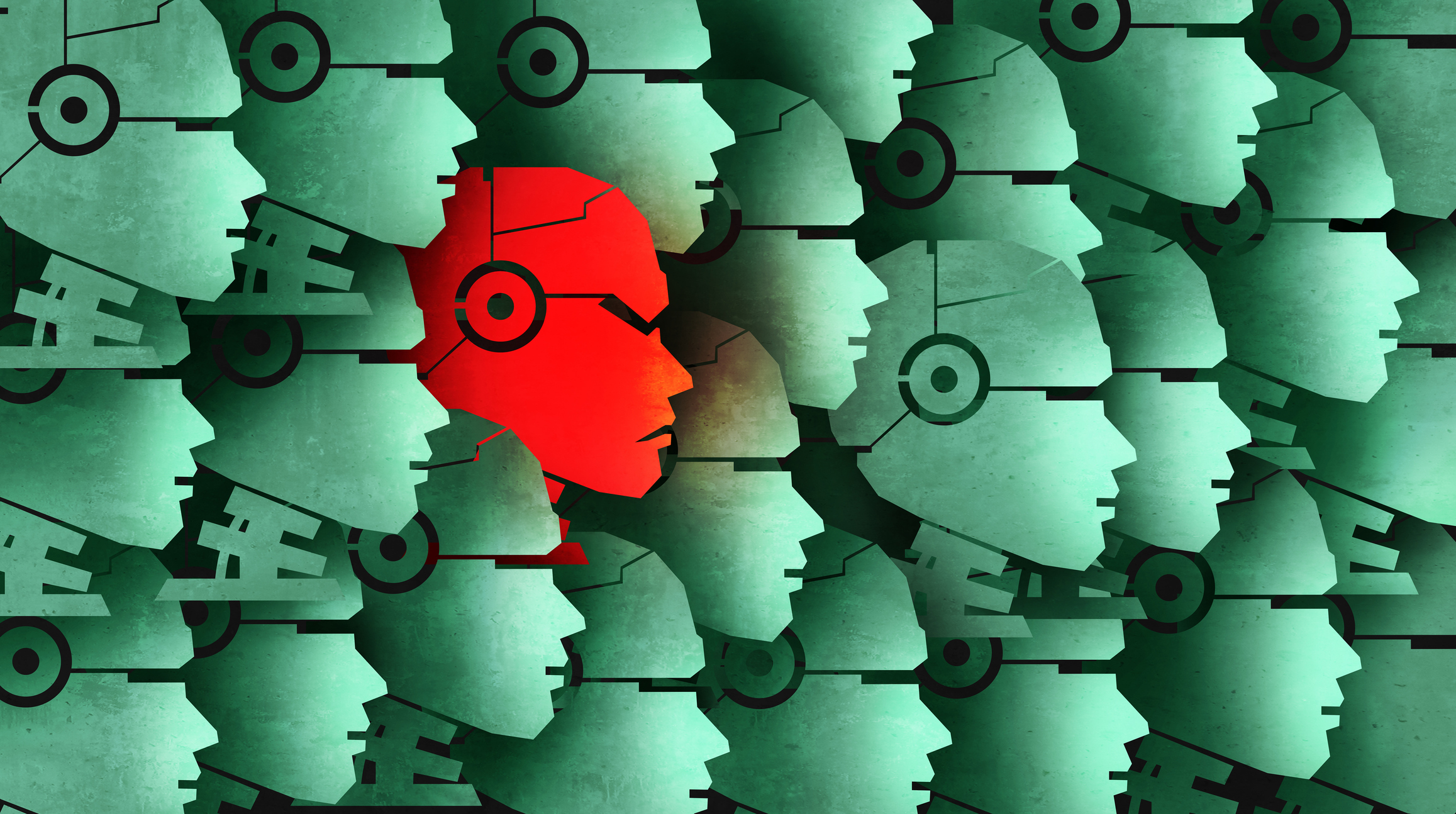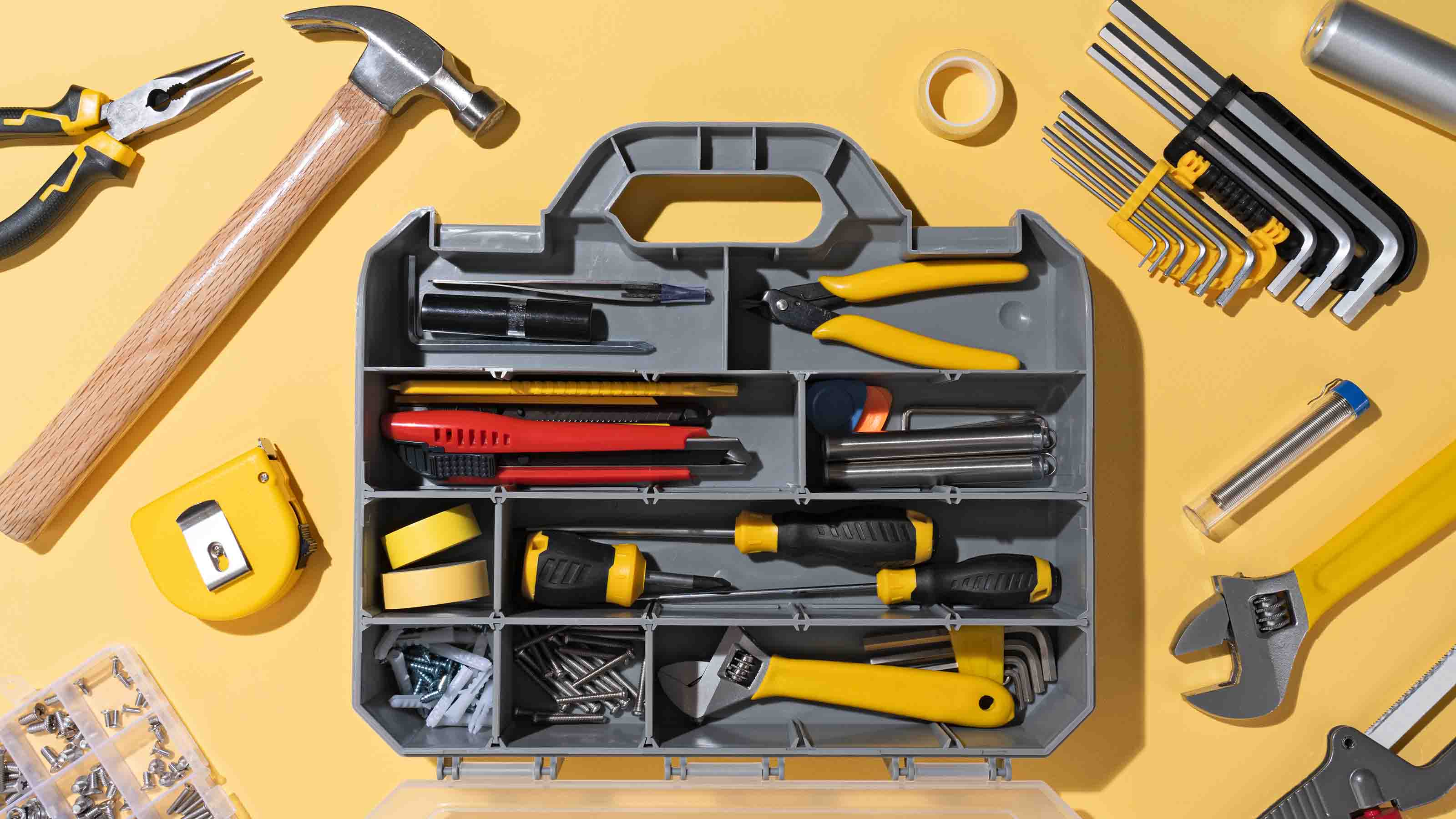Technologies That Will Rock Your World
For 88 years, subscribers have relied on The Kiplinger Letter for insights into emerging technologies that will change the way Americans live and do business.
For 88 years, subscribers have relied on The Kiplinger Letter for insights into emerging technologies that will change the way Americans live and do business. Examples of "you read it first in Kiplinger" include the rise of commercial air routes in 1927, the early development of television in the 1930s, and mobile phones in 1983.
SEE: These 8 Technologies as a Slide Show
What will be the tech breakthroughs of the few years? Here are eight we're following that could have a big impact on your everyday life.
From just $107.88 $24.99 for Kiplinger Personal Finance
Become a smarter, better informed investor. Subscribe from just $107.88 $24.99, plus get up to 4 Special Issues

Sign up for Kiplinger’s Free Newsletters
Profit and prosper with the best of expert advice on investing, taxes, retirement, personal finance and more - straight to your e-mail.
Profit and prosper with the best of expert advice - straight to your e-mail.
Billboard Ads That Know Who You Are
Yup, almost like in the movie Minority Report — digital billboards that will size you up and show ads tailored to your age, gender and estimated attention span. Technology under development by New York's Immersive Labs will use cameras and software to pick between displaying, say, an advertisement for Axe body spray or o.b. tampons. It's expected to hit the market in 2012.
The system also takes into account weather, time of day, background noise and more. Privacy concerns? Immersive says its system doesn't hold on to any images or personal information. So unlike the ads pitching to Tom Cruise's character, they won't address you by name.
Also in the works: Holographic models. Having made their debut on the runway at high-end fashion shows, look for them to show up at retailers. Not just for clothing, but in car, boat and RV showrooms, for example. And just imagine: This type of tall, slender model eats even less than the real ones.
Hey, Is This Thing On?
Car engines that turn off when you're at a stoplight and immediately snap back to life when the driver hits the accelerator are going to hit the U.S. car market big time. This technology has been available for years in Europe and Asia but will be standard on some of BMW's 2012 models in the U.S. (along with some Kias and Porsches), and we expect it to spread quickly.
Though this simple step can cut gas usage by 3% to 6% in city driving, carmakers have hesitated to introduce it here, as the federal government doesn't give the systems much credit when it calculates official fleet mileage results. But expensive gasoline and falling costs of the systems have changed the calculation, especially as consumers put greater stock in fuel economy.
Touchless Computing
The QWERTY keyboard will continue to be with us for quite a while, but watch for new methods of controlling your computer and other devices to take flight. Voice search already recognizes 230 billion words and phrases from queries in English, boosting its use in business and other applications — next up are gestures.
Borrowing from technologies such as those used in Microsoft Xbox 360 Kinect games, which let users direct characters through body language, this technology will see growing business applications in airports, shopping malls and other places. In the operating room, for example, surgeons could control a computer without having to touch any surface.
Your Face Is as Good as Your Word
The same facial recognition software powering those digital billboards and in the X-Box Kinect games will add a level of security to your computer over the next few years. Such applications are already usable on the iPhone and are being tried by police and border agents, raising some civil liberties questions.
The use of the technology will expand to automated teller machines and other devices. The programs are most effective when a user uploads a picture for later comparison, an easy step now that most portable phones, tablets and laptops have cameras.
One practical function: Using a photograph to log on instead of a password. If the device user's facial features don't match the picture on file? Access denied.
Turning the Server Room into the Boiler Room
IBM is looking at recycling water that's used to cool a large supercomputer into a system that can heat an entire building. Meanwhile, Microsoft engineers are proposing what they call data furnaces, consisting of 40 to 400 servers bundled into one large box, about the size of a refrigerator, that could be placed directly into buildings. The heat generated from the box would then be pumped into a building's heating system when needed, and vented to the outside in summer. Such recycling would potentially save vast amounts of energy.
World's Lightest, Thinnest Tablet Screen?
If you want to show pictures or videos on your mobile phone to more than one person at a time, you can hook up a portable "pico" projector and shine the phone's output onto a handy wall. But imagine if you could then control the phone (or other device) by touching the projected image. That's the innovation under development by UK firm Light Blue Optics.
For the consumer, it could be like having a tablet computer without having to carry one: Let the projector shine onto the coffee shop table and you're off. And here's a use for busines: Restaurants could use built-in versions to project interactive menus right onto the table that customers can then use to place their order, even including notes to the chef ("not too spicy"). Look for it by 2014 or so.
Supercomputing: Not Just for Jeopardy
Remember the stunning performance of IBM's Watson computer on the TV quiz show Jeopardy? Or Hal's little green eye from the movie 2001: A Space Odyssey? Natural language processing and real-time analytics pioneered by IBM will improve health care and other functions — perhaps eliminating many service jobs.
Dubbed "DeepQA" (for question/answer), IBM's supercomputers can understand natural language, including puns and complex language formulations. Real-world applications are vast. A smaller version of the software is being used in a Toronto hospital to monitor data from sensors wired to babies, and it can recognize things such as the onset of infections hours before a nurse can. DeepQA could similarly be used to troubleshoot other problems in other industries — say, legal research.
Hands-On Helper Robots
Japanese researchers have been developing assistive robots for years, given that country's rapidly graying population.
Now some are close to market. Toyota is developing Patient Transfer Assist, a device that helps caregivers transfer patients from the bed to the toilet and back. The machine uses weight-bearing arms and robotic controls to lift and move patients as if being carried by a person.
Also coming from Toyota: Equipment that enables people who are paralyzed to walk. It relies on sensors to determine when a person wants to take a step and then helps them to do so. The automaker is eyeing commercial availability of both products sometime in 2013.
Georgia Tech is also working on a variety of assistive robots. "Dusty" retrieves objects dropped on the floor by scooping them into a tray and delivering them to the user. Using a joystick, the user navigates the robot to an object. The user then presses the lift button and Dusty raises a tray to a position where the person can grab the object. Georgia Tech is working with Meka Robotics in the San Francisco Bay area to commercialize Dusty.
Profit and prosper with the best of Kiplinger's advice on investing, taxes, retirement, personal finance and much more. Delivered daily. Enter your email in the box and click Sign Me Up.
-
 How to Max Out Your 401(k) in 2026 (New Limits are Higher)
How to Max Out Your 401(k) in 2026 (New Limits are Higher)In 2026, the maximum contribution limits for 401(k) plans have increased, giving you an excellent shot at maximizing your retirement savings.
-
 Don't Trade After-Hours Without Reading This
Don't Trade After-Hours Without Reading ThisAre you a night owl or an early bird with a yen for active trading? Before you transact after-hours, consider these tips and potential traps.
-
 8 Ways to Declutter Your Life: Retirement 'Non-Resolutions'
8 Ways to Declutter Your Life: Retirement 'Non-Resolutions'Here's how to stop wasting your energy on things that don't enhance your new chapter and focus on the things that do.
-
 AI Appliances Aren’t Exciting Buyers…Yet
AI Appliances Aren’t Exciting Buyers…YetThe Kiplinger Letter Artificial intelligence is being embedded into all sorts of appliances. Now sellers need to get customers to care about AI-powered laundry.
-
 Banks Are Sounding the Alarm About Stablecoins
Banks Are Sounding the Alarm About StablecoinsThe Kiplinger Letter The banking industry says stablecoins could have a negative impact on lending.
-
 When Tech is Too Much
When Tech is Too MuchOur Kiplinger Retirement Report editor, David Crook, sounds off on the everyday annoyances of technology.
-
 Big Changes Are Ahead for Higher Ed
Big Changes Are Ahead for Higher EdThe Kiplinger Letter A major reform of higher ed is underway. Colleges are bracing for abrupt change, financial headwinds and uncertainty.
-
 I Let AI Read Privacy Policies for Me. Here's What I Learned
I Let AI Read Privacy Policies for Me. Here's What I LearnedA reporter uses AI to review privacy policies, in an effort to better protect herself from fraud and scams.
-
 What New Tariffs Mean for Car Shoppers
What New Tariffs Mean for Car ShoppersThe Kiplinger Letter Car deals are growing scarcer. Meanwhile, tax credits for EVs are on the way out, but tax breaks for car loans are coming.
-
 AI’s Rapid Rise Sparks New Cyber Threats
AI’s Rapid Rise Sparks New Cyber ThreatsThe Kiplinger Letter Cybersecurity professionals are racing to ward off AI threats while also using AI tools to shore up defenses.
-
 Blue Collar Workers Add AI to Their Toolboxes
Blue Collar Workers Add AI to Their ToolboxesThe Kiplinger Letter AI can’t fix a leak or install lighting, but more and more tradespeople are adopting artificial intelligence for back-office work and other tasks.

